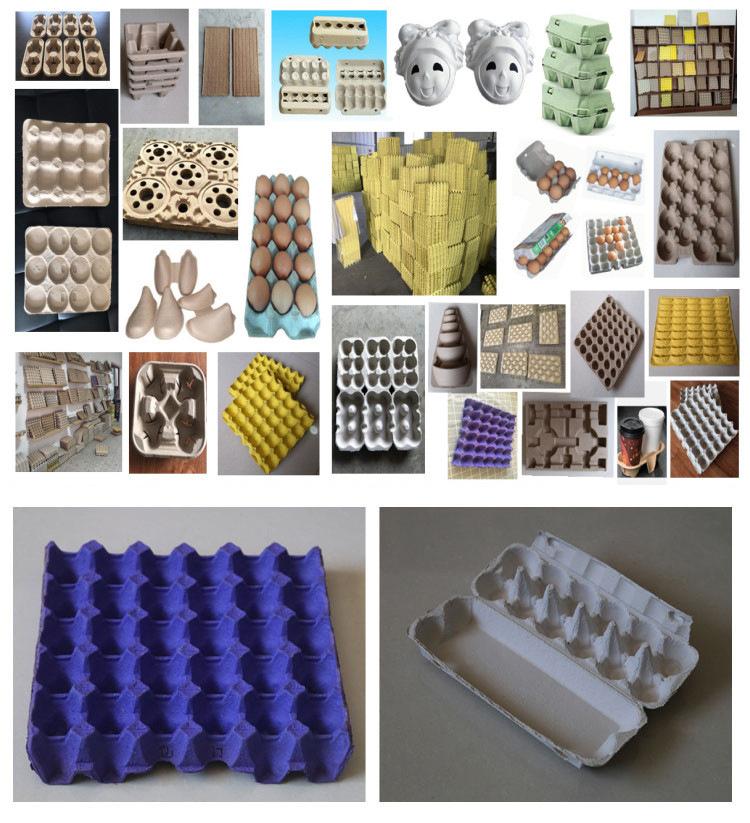evaporative cooling pads for poultry
12 月 . 11, 2024 22:42 Back to list
evaporative cooling pads for poultry
Evaporative Cooling Pads for Poultry A Key to Sustainable Poultry Farming
As the global demand for poultry products continues to rise, farmers are continuously looking for innovative ways to enhance production while ensuring the welfare of their livestock. One significant method that has gained popularity is the use of evaporative cooling pads. These pads serve as a vital component in climate control systems for poultry houses, improving the living conditions of birds and maximizing productivity.
Understanding Evaporative Cooling
Evaporative cooling is a process that utilizes the principle of evaporation to lower temperatures. It works by passing warm, dry air through water-saturated pads, where the heat from the air causes the water to evaporate. This process not only cools the air but also adds moisture, creating a more comfortable environment for poultry. It is especially beneficial in regions with high temperatures and low humidity levels, where traditional cooling systems may be inefficient or costly.
Benefits of Evaporative Cooling Pads
1. Improved Bird Welfare High temperatures can cause heat stress in poultry, leading to decreased feed intake, reduced growth rates, and even higher mortality rates. Evaporative cooling pads can significantly lower the temperature within poultry houses, creating a more comfortable environment that promotes healthy growth and egg production.
2. Energy Efficiency Compared to conventional air conditioning systems, evaporative cooling pads consume less energy. This efficiency not only reduces operational costs but also minimizes the carbon footprint of poultry farming. In a world increasingly focused on sustainability, this is an attractive benefit for farmers looking to adopt eco-friendly practices.
evaporative cooling pads for poultry

3. Enhanced Feed Conversion Ratio (FCR) When poultry are kept in a comfortable environment, their feed conversion ratio often improves. The FCR is a measure of an animal's efficiency in converting feed into body mass. With the help of evaporative cooling pads, the stress levels in birds decrease, allowing them to utilize feed more effectively, which can ultimately lead to higher profits for farmers.
4. Cost-Effectiveness Although the initial investment for installing an evaporative cooling system may be higher than traditional cooling methods, the long-term savings in energy costs and enhanced productivity can offset these expenses. Furthermore, the reduction in mortality rates and improved overall health of the flock can lead to higher returns on investment.
Installation and Maintenance
Implementing an evaporative cooling system in a poultry house requires careful planning and consideration of factors such as size, design, and local climate. The cooling pads must be properly installed to ensure airflow and achieve optimal cooling efficiency. Regular maintenance is also crucial; this includes cleaning the pads to prevent the growth of algae and ensuring the water distribution system is functioning correctly.
Farmers should also be aware of the importance of adequate ventilation when utilizing evaporative cooling pads. A well-ventilated poultry house allows for the effective movement of cooled air and prevents the buildup of ammonia and other harmful gases, further enhancing the health of the flock.
Conclusion
In conclusion, evaporative cooling pads represent a vital innovation in the poultry industry, providing a sustainable solution to the challenges posed by high temperatures. By promoting better bird welfare, increasing energy efficiency, and enhancing production output, these pads are not just a luxury for poultry farmers; they are becoming a necessity in modern poultry management. As the industry continues to evolve, investing in such technologies will not only benefit the birds but also contribute to a more sustainable and profitable future for poultry farming worldwide.
-
school
NewsJul.10,2025
-
Vacuum Packing Machine - Efficient & Reliable Vacuum Packaging Solutions for Food & Industrial Use
NewsJun.10,2025
-
High-Quality European Rabbit Cage Durable Welded Rabbit Cage Wire Mesh Supplier
NewsJun.10,2025
-
High-Efficiency Air Inlet Window for Optimal Poultry Ventilation & Cooling
NewsMay.30,2025
-
High-Efficiency Evaporative Cooling Pads Durable & Energy-Saving
NewsMay.30,2025
-
Automatic Egg Collecting Machine High-Efficiency Poultry Farm Solutions
NewsMay.29,2025






